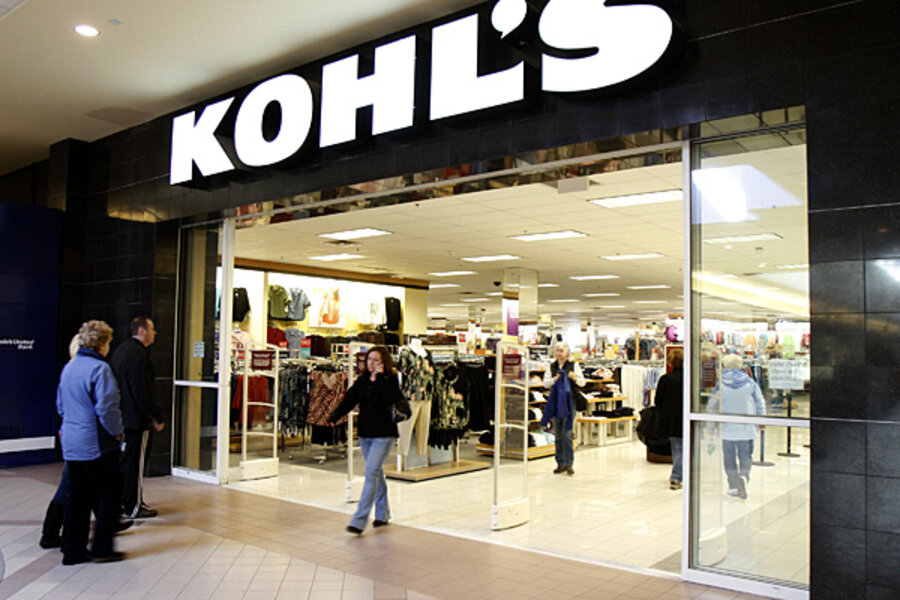Energy efficiency: how retailers save money
Loading...
When it comes to energy efficiency, retailers are on a roll. Convenience store chain Wawa announced last year that it saves over $1 million a year in energy costs thanks to an LED lighting retrofit. Nationwide department store Kohl’s saved $50 million in energy costs over four years and has continued to improve its energy performance with lighting and energy management systems upgrades. As a result, Kohl’s claims, “we have one of the lowest energy usages per square foot in the retail industry.”
Walgreens, the country’s largest drugstore chain, recently completed lighting retrofits at 80% of its locations nationwide. The company said this change not only saves money, but also improves the customer experience: “Colors appear more vibrant and more like they would in daylight, so customers don’t need to second guess themselves in the cosmetics aisle.”
For retailers like these, energy efficiency offers an edge over their competitors. It’s about the bottom line, pure and simple.
The quest for a competitive edge may explain why retail stands out as the only sector of the commercial real estate industry that has shown appreciable success in overcoming the plague of the “split incentive.”
Quick background on the split incentive: in most leased buildings, the owner is responsible for capital improvements, including most energy efficiency upgrades, while the tenant often bears responsibility for the utility bill. The owner, therefore, has no incentive to invest in energy efficiency. (For a more detailed explanation, see “Why Energy Efficiency and Buildings Don’t Mix”.) Yet a recent evaluation of a retail-oriented energy efficiency program in Wisconsin indicated that approximately half of participating retailers completed retrofits in leased spaces.*
We can’t say exactly why the Wisconsin program had such a good response from retail tenants, but I suspect that the structure of retail leases plays a part. Compared to a standard office lease, the most common type of retail lease gives the tenant much more control to make improvements. Could this arrangement work as a model for a “green lease” in other types of buildings? Tell me your thoughts in the comments.
*Full disclosure: I worked on this evaluation as part of my responsibilities at Cadmus.
Source: Retailers Chase Energy Efficiency for a Competitive Edge







